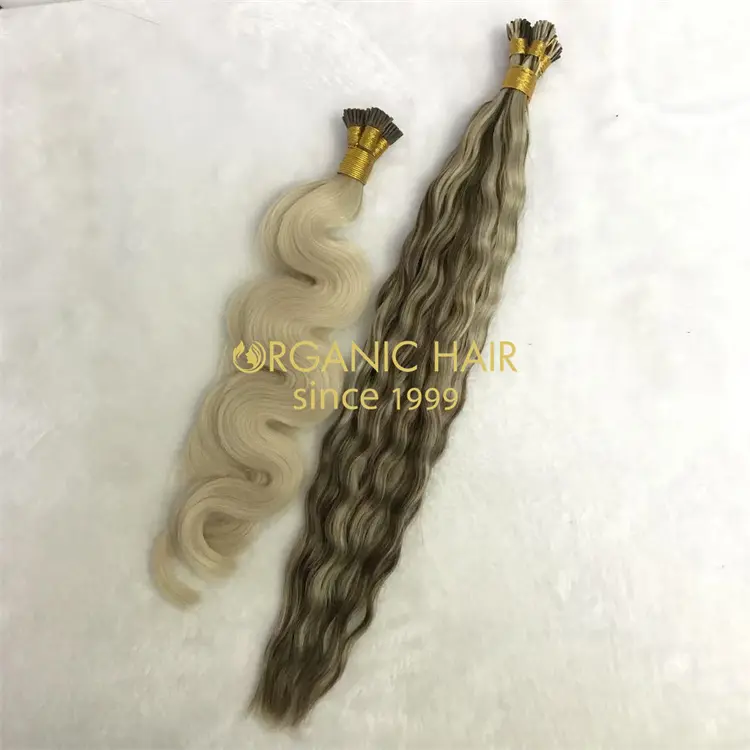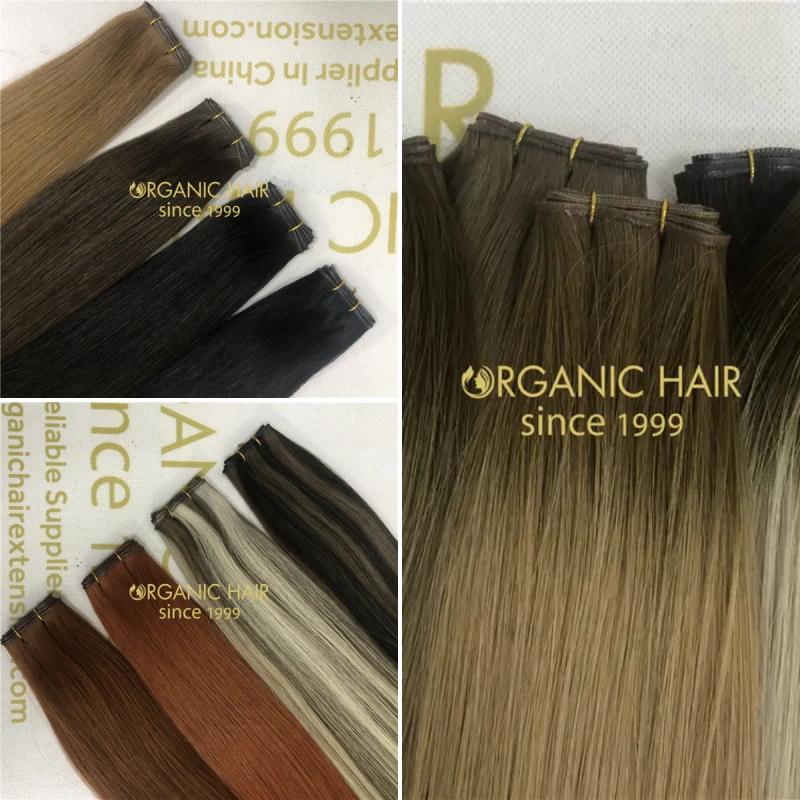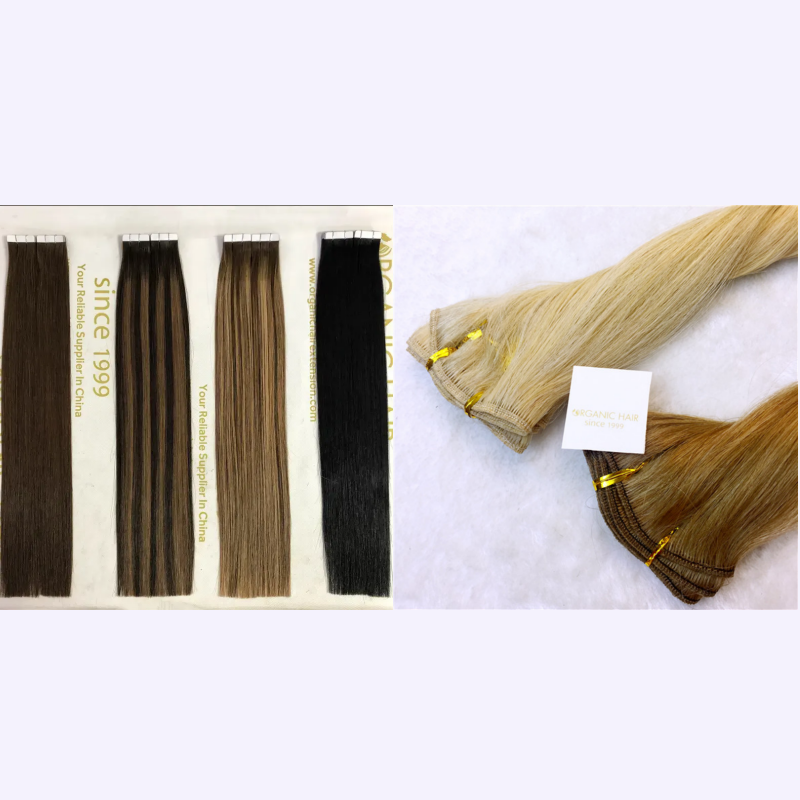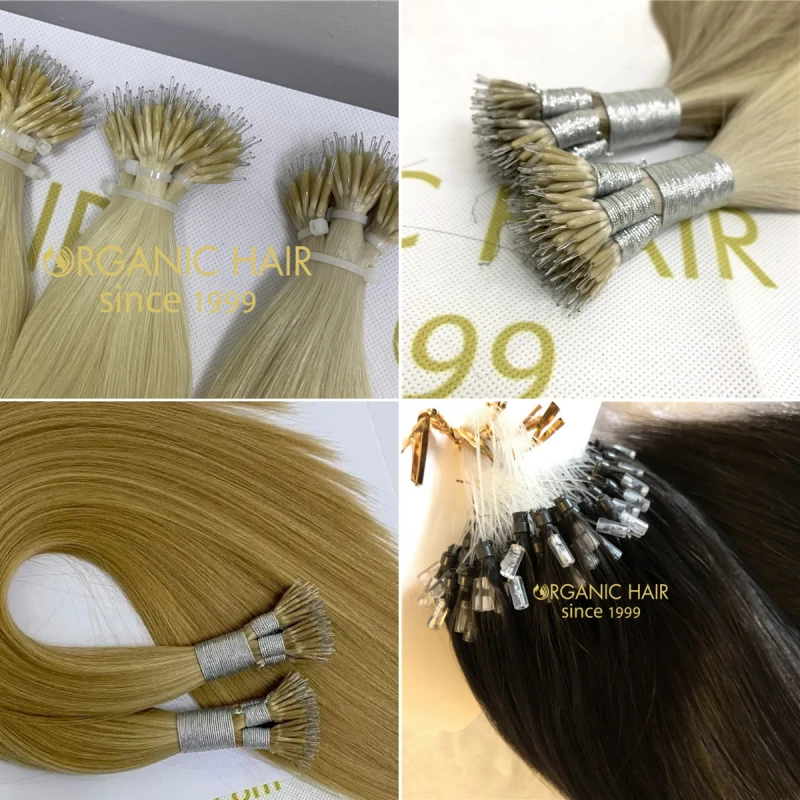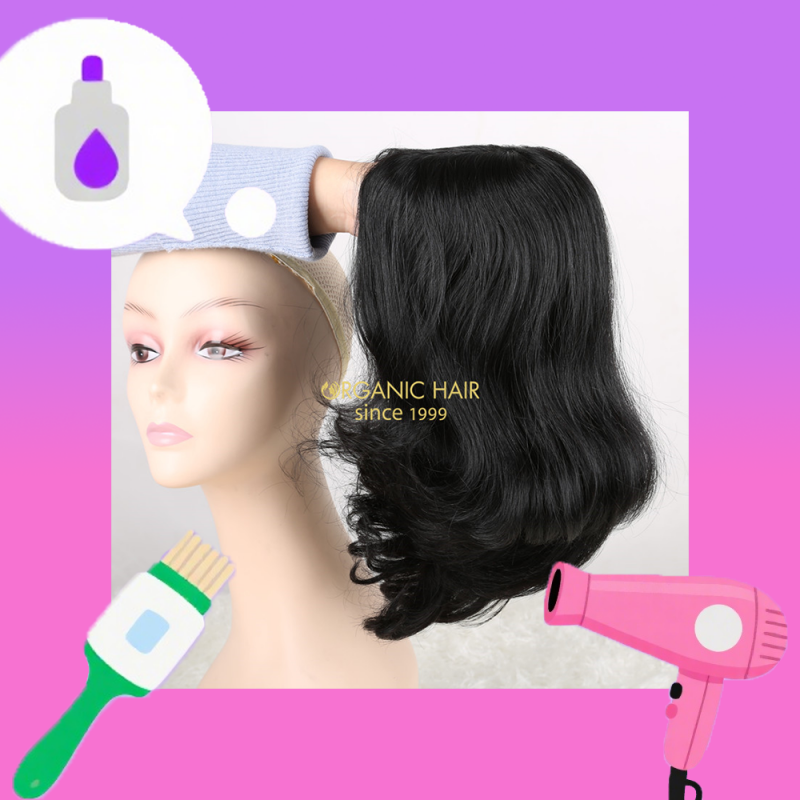Invisible tape hair extensions have revolutionized the hair enhancement industry by offering one of the most natural-looking and comfortable solutions for adding length and volume. These extensions consist of thin, flexible wefts with medical-grade adhesive tape that sandwiches small sections of your natural hair, creating an undetectable blend. Unlike clip-ins or bulky sew-in wefts, tape-ins lay flat against the scalp, making them virtually invisible—even when styling your hair up. Their semi-permanent nature allows them to stay in place for 6-8 weeks before needing adjustment, making them a favorite for those seeking long-term yet low-maintenance transformations.
What sets invisible tape extensions apart is their seamless application and lightweight feel. Because they don’t rely on heat, glue, or beads, they minimize damage while providing a secure hold. Celebrities and stylists often favor them for red-carpet events because they allow for effortless styling—whether it’s sleek straight looks, voluminous curls, or intricate updos. Plus, their easy installation (when done professionally) means you can go from thin, flat hair to a full, flowing mane in under an hour.
But with so many hair extension options available, are invisible tape-ins truly the best choice for you? While they’re ideal for those with medium to thick hair, individuals with very fine strands may find the tapes slightly more noticeable. Factors like lifestyle, budget, and hair care habits also play a role in determining whether they’re the right fit. In this guide, we’ll dive into the pros, cons, and expert tips to help you decide if these extensions align with your beauty goals.
Invisible tape hair extensions have surged in popularity—and for good reason. They offer a perfect balance of natural aesthetics, comfort, and practicality, making them a top choice for anyone looking to enhance their hair without the drawbacks of traditional extension methods. Below, we explore the key advantages that set tape-ins apart, explaining why they might be the ideal solution for your hair transformation.
Pros of Invisible Tape Hair Extensions: Why They’re a Great Option
1. Natural Look – Undetectable, Seamless Blending
One of the biggest selling points of invisible tape extensions is their ability to blend flawlessly with natural hair. Unlike clip-ins (which can leave noticeable bumps) or bulky sew-in wefts, tape-ins lie flat against the scalp, sandwiching small sections of your hair between ultra-thin adhesive strips. This creates a smooth, no-seam finish, making them virtually undetectable—even in updos or ponytails. The wefts are also pre-taped with medical-grade adhesive, ensuring a secure yet natural-looking hold without beads, glue, or heat damage.
2. Lightweight & Comfortable – No Scalp Strain
If you’ve ever tried heavy extensions (like sew-ins or thick clip-ins), you know how uncomfortable they can feel over time. Tape-ins, however, are exceptionally lightweight, distributing weight evenly across the head. Since they don’t rely on tight braids, clips, or microbeads, they reduce tension on the scalp, making them ideal for long-term wear. Many users forget they’re even wearing extensions—no pulling, no headaches, just effortless volume and length.
3. Quick Application – Faster Than Most Semi-Permanent Methods
Compared to fusion (heat-activated) or hand-tied wefts, tape-in extensions are remarkably quick to install. A professional stylist can typically apply a full head in under an hour, whereas sew-ins or micro-links can take 2–3 hours. The process involves sectioning the hair, placing the pre-taped wefts, and pressing them firmly for adhesion—no drying time or tools required. This makes tape-ins a convenient choice for busy lifestyles or last-minute events.
4. Reusable – Cost-Effective Over Time
Quality tape-in extensions can be reapplied 2–3 times with proper care, making them a more budget-friendly option than single-use alternatives like clip-ins. After removal, the adhesive can be cleaned and refreshed with specialized tape tabs, extending their lifespan. This reusability factor is a major perk for those who want salon-quality hair without frequent repurchases.
5. Versatile Styling – Heat, Updos, and Color-Friendly
Tape-ins don’t limit your styling options. They’re safe for heat tools (curling irons, straighteners) and hold up well in updos, braids, or high ponytails—unlike clip-ins, which can slip. High-quality extensions can also be dyed or toned (by a professional) to match your hair color perfectly. Just avoid oil-based products near the adhesive to maintain their grip.
6. No Damage (When Applied and Removed Correctly)
Unlike fusion extensions (which use heat/glue) or tight braiding methods, tape-ins are gentler on natural hair—if installed and removed properly. The adhesive bonds without harsh chemicals, and professional removal ensures minimal breakage. However, DIY removal or improper care (like peeling them off) can cause damage, so always consult a stylist.
For those seeking natural-looking, low-maintenance, and reusable extensions, tape-ins check all the boxes. Their lightweight comfort, quick application, and styling versatility make them a standout choice—especially for medium to thick hair types. While they require some upkeep (like avoiding oils near the adhesive), their benefits far outweigh the cons for most users.
Cons of Invisible Tape Hair Extensions: Potential Drawbacks to Consider
While invisible tape hair extensions offer numerous benefits, they aren’t perfect for everyone. Like any hair enhancement method, they come with certain limitations and challenges. Understanding these potential drawbacks will help you decide if tape-ins align with your lifestyle, hair type, and maintenance preferences. Below, we break down the key cons to consider before committing to this popular extension method.
1. Maintenance Required – Regular Adjustments Every 6-8 Weeks
Tape-in extensions are semi-permanent, meaning they require upkeep to maintain their seamless look and security. As your natural hair grows, the bonds can shift, causing the extensions to loosen or become visible. Most stylists recommend re-taping every 6-8 weeks, which involves removing, cleaning, and re-applying the wefts. This maintenance schedule can be inconvenient (and costly) for those who prefer a completely low-maintenance routine.
Tip: If you dislike frequent salon visits, clip-in extensions might be a better short-term alternative.
2. Not Ideal for Very Thin Hair – Tapes May Be Visible
While tape-ins blend seamlessly with medium to thick hair, those with fine or thin hair might struggle with visibility. The adhesive tabs need enough natural hair to sandwich between, and if your hair is sparse, the tapes can peek through—especially near the crown or part line. Additionally, fine hair may not provide enough support for the wefts, leading to slippage or premature loosening.
Alternative: If you have thin hair but love the tape-in concept, consult a stylist about custom, narrower wefts or consider halo extensions for a damage-free option.
3. Professional Help Recommended – DIY Application Is Risky
Though some beauty enthusiasts attempt at-home application, tape-ins are best installed by a professional. Improper placement (too close to the roots or uneven sections) can lead to discomfort, visible seams, or even hair damage during removal. Beginners might also struggle with aligning the wefts symmetrically, resulting in a patchy or unnatural look.
Note: While salon application adds to the cost, it ensures a flawless, long-lasting result—saving you from costly fixes later.
4. Avoid Oil-Based Products – They Weaken the Adhesive
Tape-in extensions require specific haircare habits to prolong their wear. Oil-based shampoos, conditioners, or styling products can break down the adhesive, causing the wefts to slip or fall out prematurely. You’ll need to use sulfate-free, extension-safe products and avoid applying conditioner near the roots. This can be frustrating for those who rely on heavy moisturizers for dry or curly hair.
Workaround: Focus conditioner on mid-lengths to ends, and use a clarifying spray (like alcohol-free dry shampoo) near the scalp.
5. Temporary Shedding During Removal – If Done Incorrectly
When removed improperly (e.g., peeling them off without adhesive solvent), tape-ins can pull out natural hair, leading to temporary shedding or breakage. The key is gentle, professional removal using a specialized bond dissolver that loosens the adhesive without tugging. Even with careful removal, some minimal shedding is normal as the hair adjusts.
Pro Tip: Never rip out tape-ins at home! Schedule a salon removal to protect your natural hair.
Weighing the Pros and Cons
Tape-in extensions are a fantastic option for many, but their maintenance demands and hair-type limitations mean they aren’t universally ideal. If you’re willing to commit to salon visits, avoid oils near the scalp, and have medium-thick hair, they’re a stellar choice. However, if you have fine hair, prefer DIY styling, or want a zero-maintenance option, alternatives like clip-ins or halo extensions might suit you better.
Who Are Invisible Tape Hair Extensions Best For?
Invisible tape hair extensions are a game-changer for many—but they're not a one-size-fits-all solution. Understanding whether they align with your hair type, lifestyle, and beauty goals is key to avoiding disappointment. Below, we break down the ideal candidates for tape-ins, as well as who might want to consider alternative extension methods.
1. Best For Medium to Thick Hair (Wanting Length & Volume)
Tape-ins shine brightest on those with medium to thick hair, as the natural density provides enough coverage to conceal the adhesive tabs seamlessly. If you're looking to:
Add length without the bulk of clip-ins
Boost volume for a fuller, more luxurious look
Maintain a natural hairline without visible tracks
...then tape-ins could be your perfect match. The wefts blend effortlessly, creating undetectable layers that move and style like your own hair.
Note: If your hair is very fine or thinning, the tapes may show through, making alternatives like nano rings or halo extensions a better fit.
2. Ideal for Semi-Permanent, Low-Commitment Wear
Unlike permanent methods (like sew-ins or fusion), tape-ins offer a middle ground between temporary clip-ins and long-term extensions. They’re perfect if you want:
6-8 weeks of wear before needing adjustment
The flexibility to remove or reapply them multiple times
A natural look without daily styling hassle
If you love the idea of waking up with gorgeous hair every day—without the high maintenance of daily clip-ins—tape-ins strike the right balance.
3. Great for Avoiding Heat/Glue Damage
If you’re wary of damage from:
Fusion extensions (heat-activated glue)
Micro-links (beads that clamp hair)
Tight braids (from sew-ins)
...tape-ins provide a gentler alternative. The medical-grade adhesive bonds without heat or harsh chemicals, reducing stress on your natural strands—as long as they’re applied and removed correctly.
Tip: Still concerned about damage? Opt for removal by a professional stylist to minimize breakage.
Who Should Avoid Tape-In Extensions?
While tape-ins work wonders for many, they’re not ideal for:
Very fine or thin hair (tapes may show)
Frequent swimmers (chlorine/saltwater weakens adhesive)
Those unwilling to skip oil-based products (can dissolve the glue)
DIY enthusiasts (professional installation is strongly recommended)
If you fall into these categories, consider clip-ins, halo extensions, or tape-in alternatives like skin wefts for a similar effect with fewer compromises.
Final Verdict: Is It Right for You?
Tape-in extensions are a fantastic choice if you:
✔ Have medium to thick hair
✔ Want long-lasting, semi-permanent volume/length
✔ Prefer a damage-free alternative to glue/heat methods
But if you have fine hair, swim often, or hate salon upkeep, exploring other options might save you time and frustration.
How to Make Invisible Tape Hair Extensions Last Longer: Essential Care Tips
Tape-in hair extensions can be a worthwhile investment—but only if you care for them properly. With the right maintenance routine, you can extend their lifespan, keep them looking flawless, and protect your natural hair from damage. Here’s your ultimate guide to maximizing the longevity of your tape-ins.
1. Wash Smart: Sulfate-Free Shampoo & Conditioner Placement
Do:
✔ Use a sulfate-free, extension-safe shampoo to prevent adhesive breakdown.
✔ Apply conditioner only from mid-lengths to ends—avoiding the roots where tapes sit.
✔ Rinse with cool water to help maintain adhesive strength.
Don’t:
✖ Use oil-heavy or clarifying shampoos—they weaken the bond.
✖ Scrub aggressively near the tapes—gentle massaging is key.
Pro Tip: Wash hair 2-3 times a week max to minimize wear on the adhesive.
2. Brush Correctly: Prevent Tugging & Shedding
Use a soft loop brush (designed for extensions) starting from the ends and working upward.
Hold the roots gently when detangling to avoid pulling on the tapes.
Avoid fine-tooth combs or bristle brushes—they can snag the wefts.
Bonus: Lightly spritz a leave-in detangler before brushing to reduce friction.
3. Nighttime Protection: Minimize Tangling & Stress
Braids or loose ponytails prevent friction while sleeping (satin scrunchies only!).
Switch to a satin or silk pillowcase—it reduces breakage and keeps extensions smooth.
Never sleep with wet hair—it can weaken the adhesive over time.
For Extra Care: Wrap hair in a silk scarf for ultimate protection.
4. Avoid Adhesive Enemies: Oils, Heat, & Chlorine
Skip oil-based products near the scalp—they dissolve the tape bond.
If using heat tools, apply a heat protectant and keep temps below 350°F.
Chlorine & saltwater degrade adhesive—always wear a swim cap or tie hair up.
Quick Fix: After swimming, rinse hair immediately with fresh water.
5. Professional Removal = Zero Damage
Never peel tapes off yourself—improper removal causes breakage.
Visit your stylist for safe, solvent-based removal that preserves your natural hair.
Schedule removal every 6-8 weeks to prevent matting or adhesive buildup.
Did You Know? Well-maintained tape-ins can be reused 2-3 times!
Final Tip: Schedule Regular Check-Ups
Even with perfect care, tape-ins shift as your hair grows. A salon touch-up every 4-6 weeks keeps them secure and invisible.
Alternatives to Invisible Tape Hair Extensions: Which One Is Right for You?
While invisible tape hair extensions offer a seamless, semi-permanent solution, they aren’t the perfect fit for everyone. Depending on your hair type, lifestyle, and commitment level, other extension methods might suit you better. Here’s a breakdown of the top alternatives to consider.
1. Clip-In Extensions – Best for Short-Term & Versatility
✔ Pros:
Instant length/volume in minutes—no salon visit needed.
Damage-free (no adhesives or chemicals).
Customizable wear—use as many or as few clips as you want.
✖ Cons:
Must be removed daily (not ideal for long-term use).
Can feel bulky if not applied properly.
Best For: Special occasions, experimenting with looks, or those who want zero commitment.
2. Halo Extensions – Easiest for Thin or Fragile Hair
✔ Pros:
No clips, tapes, or adhesives—just a hidden wire sits under your hair.
Lightweight & comfortable (no tension on the scalp).
Quick to put on/take off (under 30 seconds).
✖ Cons:
Less secure for high-impact activities (e.g., workouts, windy days).
Limited styling options (hard to wear in high ponytails).
Best For: Fine or thin hair, minimalists, or those avoiding damage.
3. Beaded/Micro-Link Extensions – Longer-Lasting but Higher Maintenance
✔ Pros:
Lasts 3-4 months with proper care.
No glue/heat—just small silicone-lined beads clamping hair.
✖ Cons:
Tension on roots can cause breakage if too tight.
Requires professional installation & adjustments.
Best For: Those wanting long-term extensions with thicker hair.
Which Should You Choose?
For temporary glam? Clip-ins.
For fine hair & ease? Halo.
For long-term wear? Micro-links.
Still unsure? Consult a stylist to match your hair goals with the right method!
Conclusion: Are Invisible Tape Hair Extensions Right for You?
Invisible tape hair extensions offer a seamless, semi-permanent solution for adding length and volume—blending naturally while minimizing damage. Their lightweight feel, easy application, and reusable design make them a favorite for those with medium to thick hair. However, they do require regular maintenance, professional installation, and oil-free haircare, which may not suit everyone.
If you want longer-lasting results than clip-ins but less commitment than fusion or micro-links, tape-ins strike a perfect balance. Still unsure? Book a consultation with a trusted stylist to discuss your hair type, lifestyle, and goals before making the leap.
With proper care, tape-ins can be a game-changer—giving you the lush, flowing hair you’ve always wanted.
Premium Hair Extensions & Wigs Wholesale Supplier
As a leading manufacturer and wholesaler, we specialize in high-quality invisible tape hair extensions, clip-ins, halo extensions, beaded/micro-link extensions, and luxury wigs. Our products are crafted from 100% Remy human hair or premium synthetic fibers, ensuring a natural look, seamless blend, and long-lasting wear. Whether you're a salon, retailer, or distributor, we offer:
Tape-Ins: Ultra-flat, undetectable bonds for a lightweight finish
Clip-Ins: Easy, damage-free volume for daily wear
Halo Extensions: No-tension design for fine or fragile hair
Micro-Links: Durable, bead-secured extensions for long-term use
Custom Wigs: Lace front, full lace, and machine-made options
Bulk discounts | OEM/Private Label | Worldwide Shipping
Elevate your inventory with salon-grade hair solutions—contact us today for wholesale pricing!
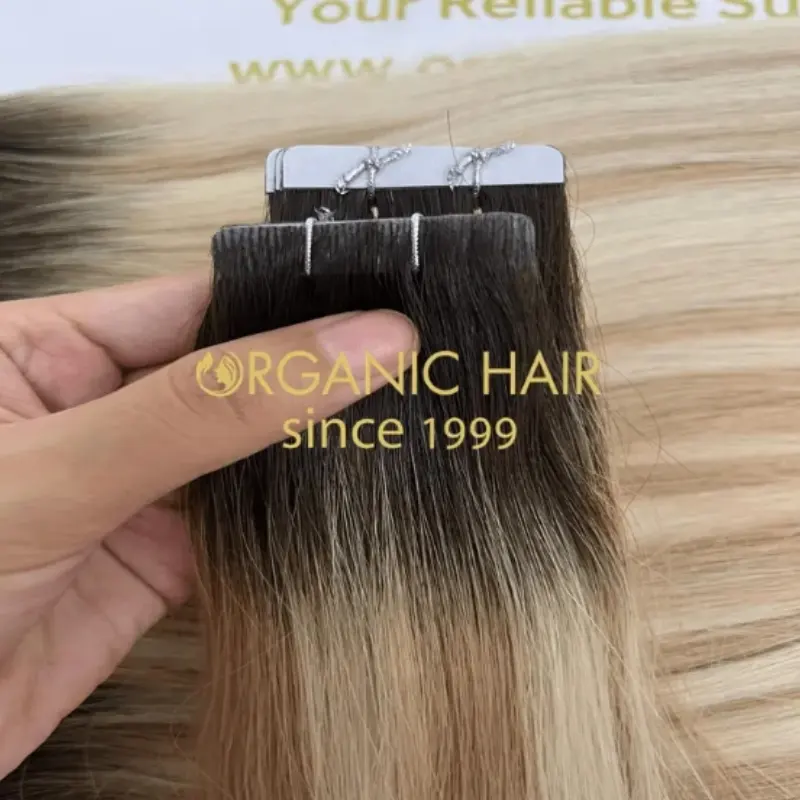
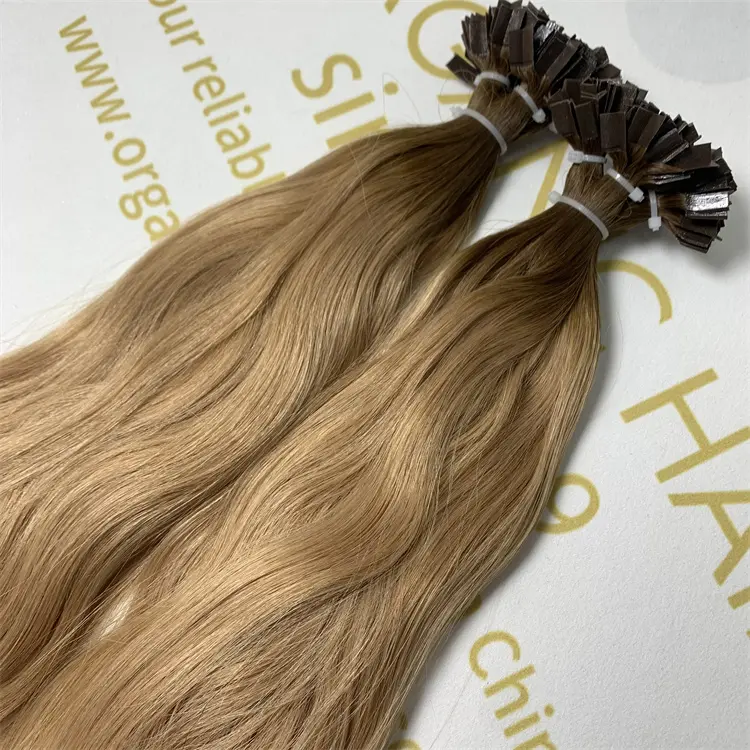
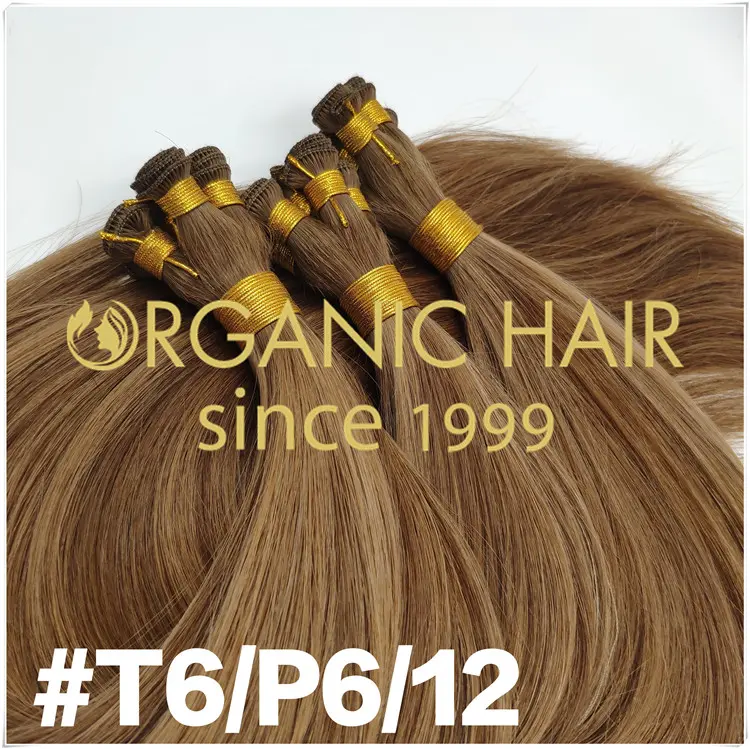
551.webp)
